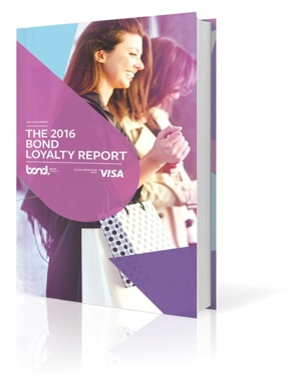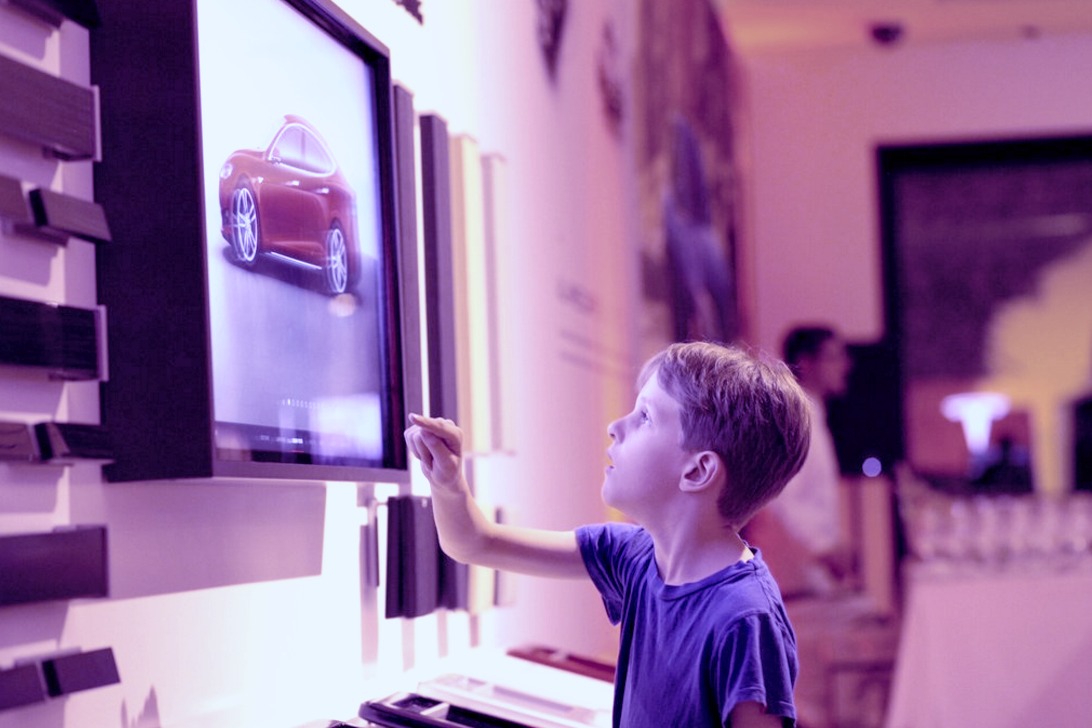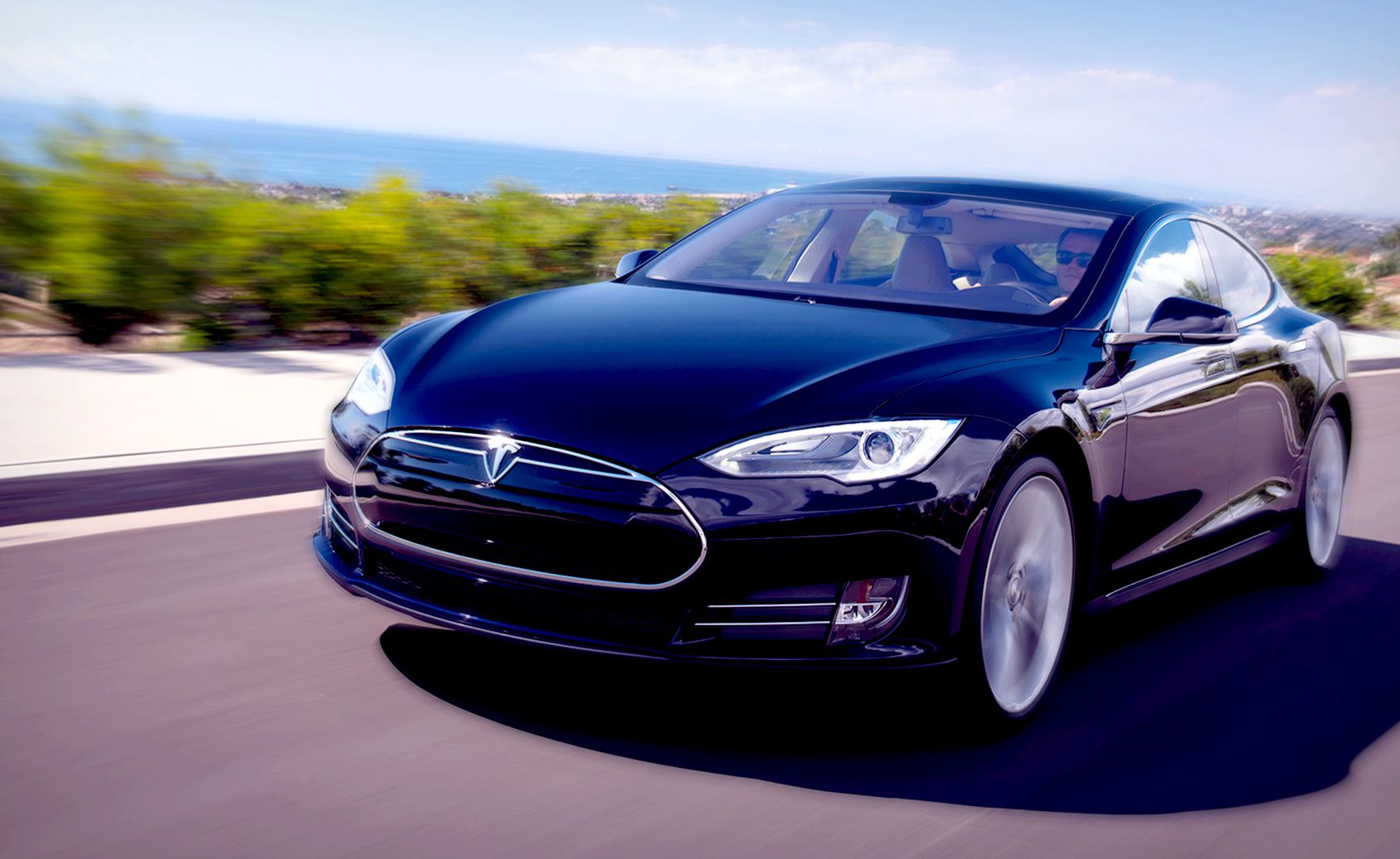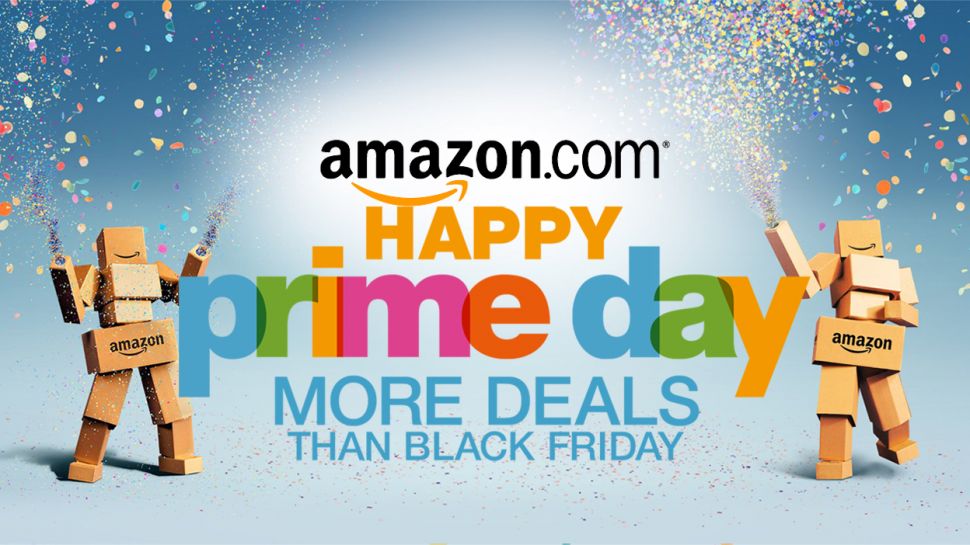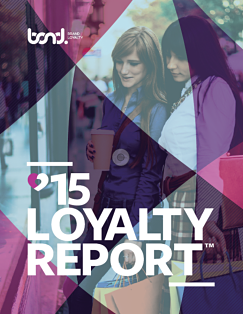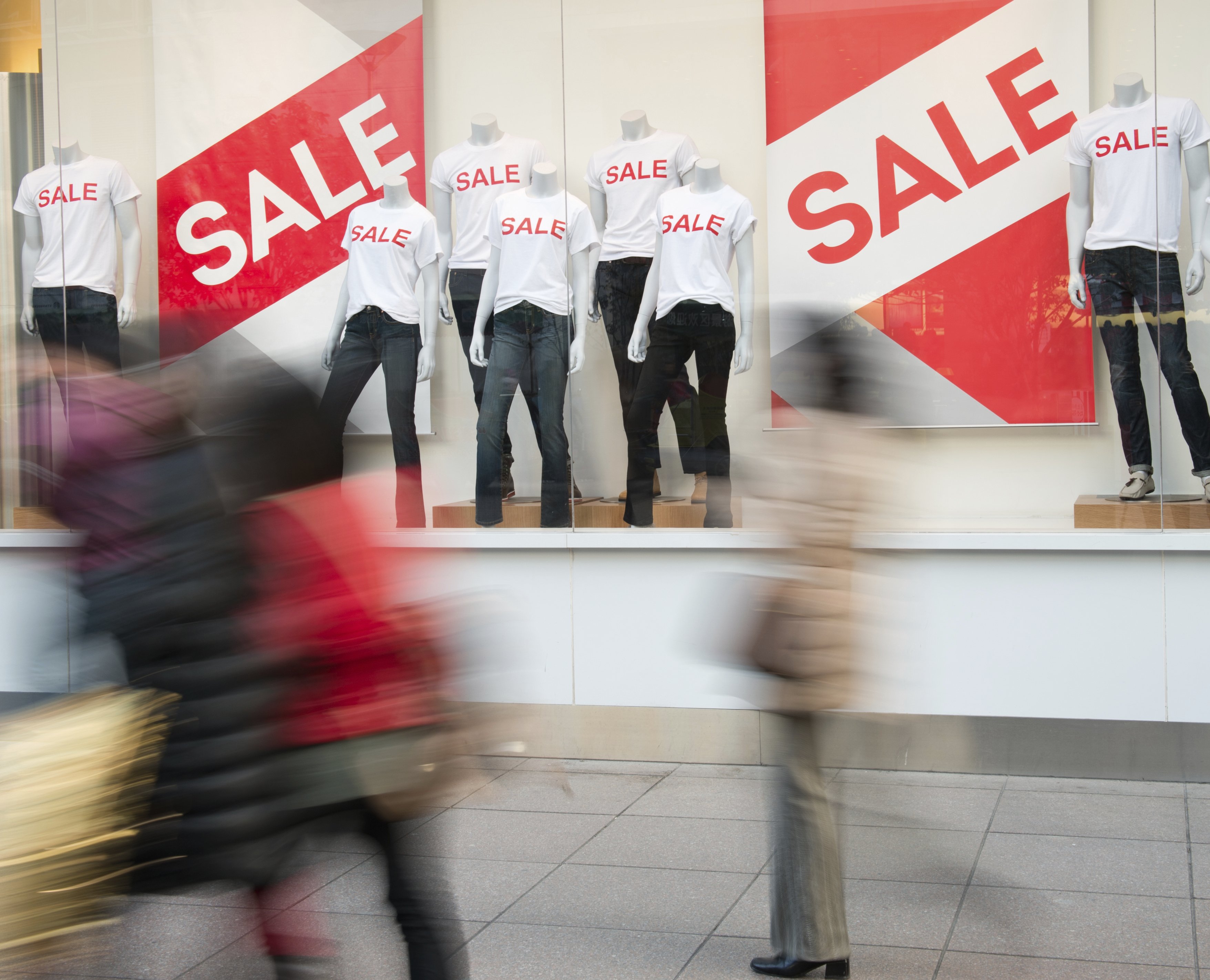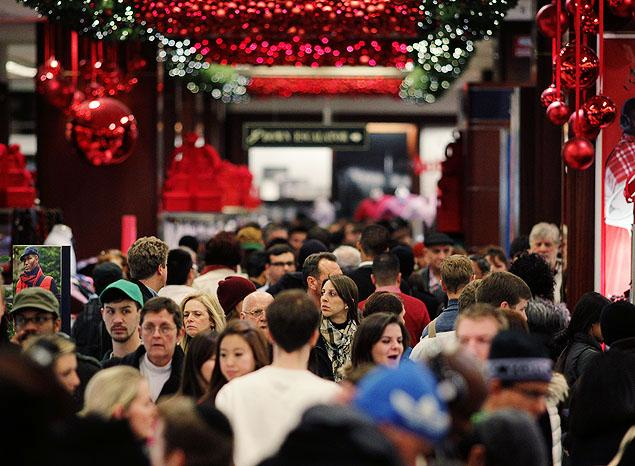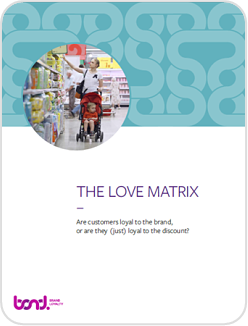Content Writer
Blog
Make no mistake: Building authentic relationships with consumers is hard work—and getting harder by the day. Consumer expectations continue to rise. The pace of change continues to increase. The need to stay relevant is more important than ever.
Our latest research from the 2016 Bond Loyalty Report, shows that consumers continue to value Loyalty programs—programs that pay dividends back to brands in the form of loyalty, advocacy and increased spend. It’s time for marketers to start paying closer attention.
If you’ve taken a “set it and forget it” approach you’ve likely overlooked what matters most to your program Members. Taking a closer look now might land some relatively quick wins.
A funny thing is happening in the loyalty industry. Consider the average North American consumer is enrolled in a record 13 formal programs that include typical features like monetary rebates, points and discounts to lock members in and keep them coming back. Now consider that actual participation in those programs (that is, customers engaging and making purchases) shrank 14% from the previous year, according to the 2015 Bond Loyalty Report.
The widespread availability of these programs is outpacing consumer demand. This oversupply is creating a growing sense of customer indifference toward the most potent mechanisms that differentiate a brand.
Funny, right? Not so much.
Just the other week, the Boston Consulting Group announced that Tesla had joined Apple and Google at the top of an annual ranking of innovative firms. In fact, Tesla raced into third position from the 41st position in just two years. As a Tesla owner, I am not at all surprised by this rapid leap to third place. Such acceleration is highly becoming of a brand that boasts a 0–60 miles acceleration, in just under three seconds.
A few months ago when I purchased my Tesla Model S, I had no idea that Tesla had a loyalty program. Perhaps I was distracted and mesmerized by the brilliance of the technology housed in this vehicle. Maybe my attention was diverted as I was infatuated by the gorgeous design of the car. Or was I overwhelmed with joy at the prospect of never again having to fill my car up with fuel? As a loyalty practitioner, how could I have missed this, as loyalty is part of my very DNA?
As I continued to engage with the brand, it became evident that Tesla has a very clever and covert loyalty program. In fact, every Tesla owner is a member of the Tesla loyalty program, yet nobody has ever heard of the Tesla loyalty program. So how can a brand’s loyalty program exist if their customers have never heard of it, don’t recall enrolling in it or participating in it?
Was Amazon's #PrimeDay a Prime Example of Brand Loyalty Erosion? Here Are 20 Examples That Prove It.
Content Writer
The Internet has spoken – and it isn’t pretty. Turns out Amazon’s hyped up exclusive "Prime Day" event for Amazon Prime members failed to impress, leaving the “tens of millions" of members feeling a little slighted. Not to mention, the bad impression on the browsing non-members Amazon was attempting to court.
Buzzfeed was quick to publish this article with some of the best Internet responses. Of course, that was just the beginning. #PrimeDay trended on Twitter throughout the day with users even creating a second hashtag: #PrimeDayFail.
If played right, you too can earn #millennialoyalty.
A recent study reported by Forbes affirmed that contrary to what many brands and marketers believe, Millennials can be brand loyal. They are no longer the noncommittal bachelors and bachelorettes of the demographic cohorts – they are capable of brand love. The study reports that 60% of Millennials are often or always loyal to brands that they currently purchase.
Realistically, Millennials have been capable of brand love the whole time. But with so many marketing messages in their faces – they have simply tuned out. And why wouldn’t they? With so many brands vying for their hearts, Millennials will wait for the ones that try harder – the ones that understand and engage them on a personal level. And at 80 million strong with an estimated $200 billion in annual buying power (in the US alone), they can.
What's trending in loyalty?
The 2015 Loyalty Report saw an increasing number of people opt-in to a variety of loyalty programs in the past year, and revealed the extent to which programs are effective in influencing customer behavior show no signs of diminishing.
There is no debate. Retail has largely been an anonymous and aggregate game. The public sale is pervasive and perpetual, and the arms race to deeper discounts was in full swing during the holidays. But, some of this past season’s sales results suggest there may be fatigue in this model. Our recent Holiday Study suggests that good old brand loyalty may play a more important role in holiday shopping than previously believed. With over 40% of a retailer’s sales happening during the holidays, it’s a critical time to attract new customers, but also key is to focus on retaining existing customers who often account for 55-70% of sales.
It’s a truth that retailers have lived by for decades: To have a successful year, you have to have a successful holiday shopping season. And sales figures tend to bear this out. While it can vary widely by category, across the board a retailer can expect 20 percent of annual sales to come from the holiday shopping season.
As featured in Quirks Marketing Research Media.
Scott Robinson leads our loyalty consulting and solutions discipline, and is our thought leader for consumer loyalty strategy engagements. His focus is enabling clients with the best possible solutions for their specific objectives and environments, and ensuring Bond Brand Loyalty maintains market leadership in terms of loyalty and CRM innovation, technique and approach.
